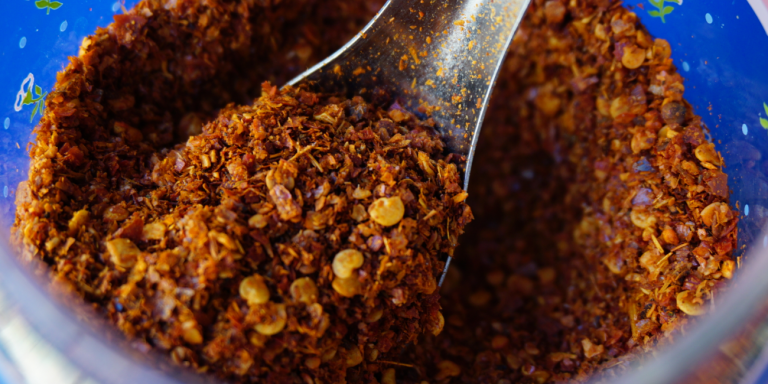Chile peppers, aka cayenne, are full of contradictions. They’re hot enough to hurt—yet they can relieve pain, improve circulation, stimulate the appetite, and cool you down in hot weather.
Popular in the Americas for at least 9,000 years, chile peppers are now widely used in cuisines around the world.
Traditional Chinese, Japanese, and Korean medicines use cayenne as a remedy for digestive problems, muscle pain, and frostbite. In Europe and the U.S., cayenne is used topically to relieve the pain of arthritis and shingles.
Natural Pain Relief
Capsaicin relieves pain by destroying substance P, a chemical messenger that transmits pain to the brain. With substance P incapacitated, pain disappears.
Conditions that respond to the capsaicin in topical creams or capsules include joint and muscle pain from osteoarthritis and rheumatoid arthritis.
Ironically, cayenne may even help heal stomach ulcers, a condition for which hot peppers and other spicy foods were long prohibited.
Cayenne may also thin mucus and help remove it from the lungs. It can also strengthen lung tissue to help prevent or treat pulmonary conditions.
Protect Your Heart
Scientists are exploring the possibility that cayenne improves blood flow to the heart when atherosclerosis or plaque blocks the arteries.
Cayenne and capsaicin stimulate the cardiovascular system, lower blood cholesterol, reduce triglyceride levels, and help prevent clotting and hardening of the arteries.
This spicy herb regulates the flow of blood from head to toe and strengthens the pulse without increasing the frequency of heartbeats or raising blood pressure.
Cultures in which hot peppers spice up the local cuisine have a much lower rate of heart attack, stroke, and pulmonary embolism than do other societies.
How To Use Cayenne
When using this pepper for the first time in cooking, start with small amounts.
When using a topical cream, give yourself a patch test. Apply a small amount to the inside of a knee or elbow. Leave it undisturbed for 24 hours, and check for any irritation. If cayenne causes lasting redness or blistering, discontinue its use. Minor discomfort usually disappears quickly, and cayenne’s pain relief increases with use. Noticeable relief usually begins after three to seven days of repeated application.
Do not combine topical use with a heating pad, and don’t apply immediately before or after hot baths or showers. Many herbal references recommend the topical use of creams containing 0.025 to 0.75 percent capsaicin up to four times daily for the treatment of shingles, psoriasis, arthritis, toothaches, and other conditions.

